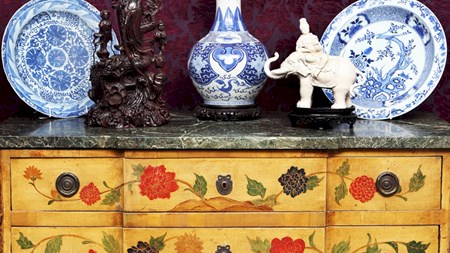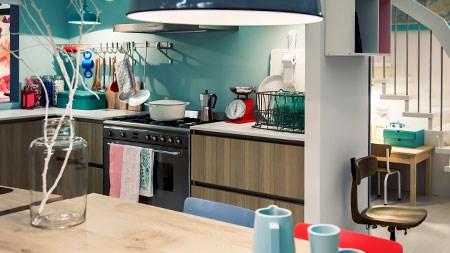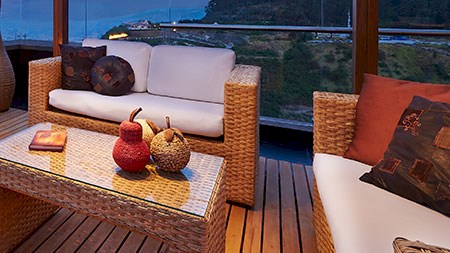Most people take pride in their homes and take steps to furnish and decorate them accordingly. But, for many, this entails purchasing readily-available mass-produced wall art, décor or furniture which, while they have their place, usually lack flair, tend to break easily and lose value as time goes by.
Antiques, on the other hand, introduce real character to a home, generally last longer and hold or increase in value – which explains why they are gaining in popularity clarifies veteran antique dealer Clyde Terry, with whom I caught up at the recent annual National Antiques and Decorative Arts Faire in Sandton.
Clyde explains that antiques enhance a home in ways that commercially-produced items simply cannot; that you can never be too young to start collecting antiques and that you don’t have to be “filthy rich” to purchase good statement pieces.
Notes Clyde: “The first thing to do once you’ve decided to start investing in antiques is figure out where your passion lies. For some people, this stems from a fond childhood memory; for others, it is simply the aesthetics of certain objects that appeal. Whatever the case, it’s a good idea to narrow down your options to an area of interest such as art, glass, silverware, jewellery or ceramics, set yourself a budget, and buy the best pieces you can afford as opposed to lots of cheaper pieces.”
Join the club
Clyde advocates joining an antiques club that specialises in your particular interest and learning as much as you possibly can about the pieces you’re interested in. He also promotes “treasure hunting” at antique and collectable sales as often as possible. The upcoming Melrose House Charity Antique & Collectables Fair in December is a good place to start, he says.
In the bigger scheme of things, Terry says that the antiques industry is largely driven by demand, fashion and rarity. He adds that interest in South African antiques is on the rise and that antique auctions around the world are currently setting new records as investors look for alternatives to volatile stocks. Whatever the economic state of affairs, he says good antiques always make for a profitable investment but, first and foremost, should be purchased because you want to see them in your home.
It’s all about the story
Fellow exhibitor Paul Mrkusic of Bancroft Antiques reiterated the importance of buying what you love and reflected on how antiques are so special because they have a story and don’t just come ready-made off a conveyor belt. Bancroft specialises in quirky, vintage and contemporary collectors’ items. At present, Paul says that designer antique jewellery is very much in vogue.
Of course, if you want to invest in quality pieces around the home, good antique furniture is a must. Furniture from the Victorian, Georgian, Edwardian and Art Nouveau periods were displayed at the faire alongside exclusive Ralph Lauren pieces courtesy of industry stalwart Templars Interiors.
Before purchasing antique furniture, exhibitors at the faire said it’s important to consider how the piece will complement a home or room. If the décor and architecture are contemporary, heavy Gothic furniture will look out of place. Additionally, it pays to give some thought to the design period you wish to draw on and select pieces that will complement it. Moreover, choose items that are not only vintage or antique but are also functional. There’s no point purchasing a piece and then not using it for fear of damaging it.
Ceramic style
For those who appreciate ceramics and porcelain and wish to incorporate such pieces into their home, Royal Doulton and Moorcroft should be high on the list. Hundreds of these beautiful pieces were displayed at the faire by Ed Pascoe, the world’s biggest dealer in English ceramics. Ed Pascoe representative and leading Royal Doulton expert Louise Irvine was in attendance at the faire and was kind enough to explain some of the history behind the pieces to me. Akin to Terry, she advises going for pieces that “talk” to you and to buy the best you can afford.




